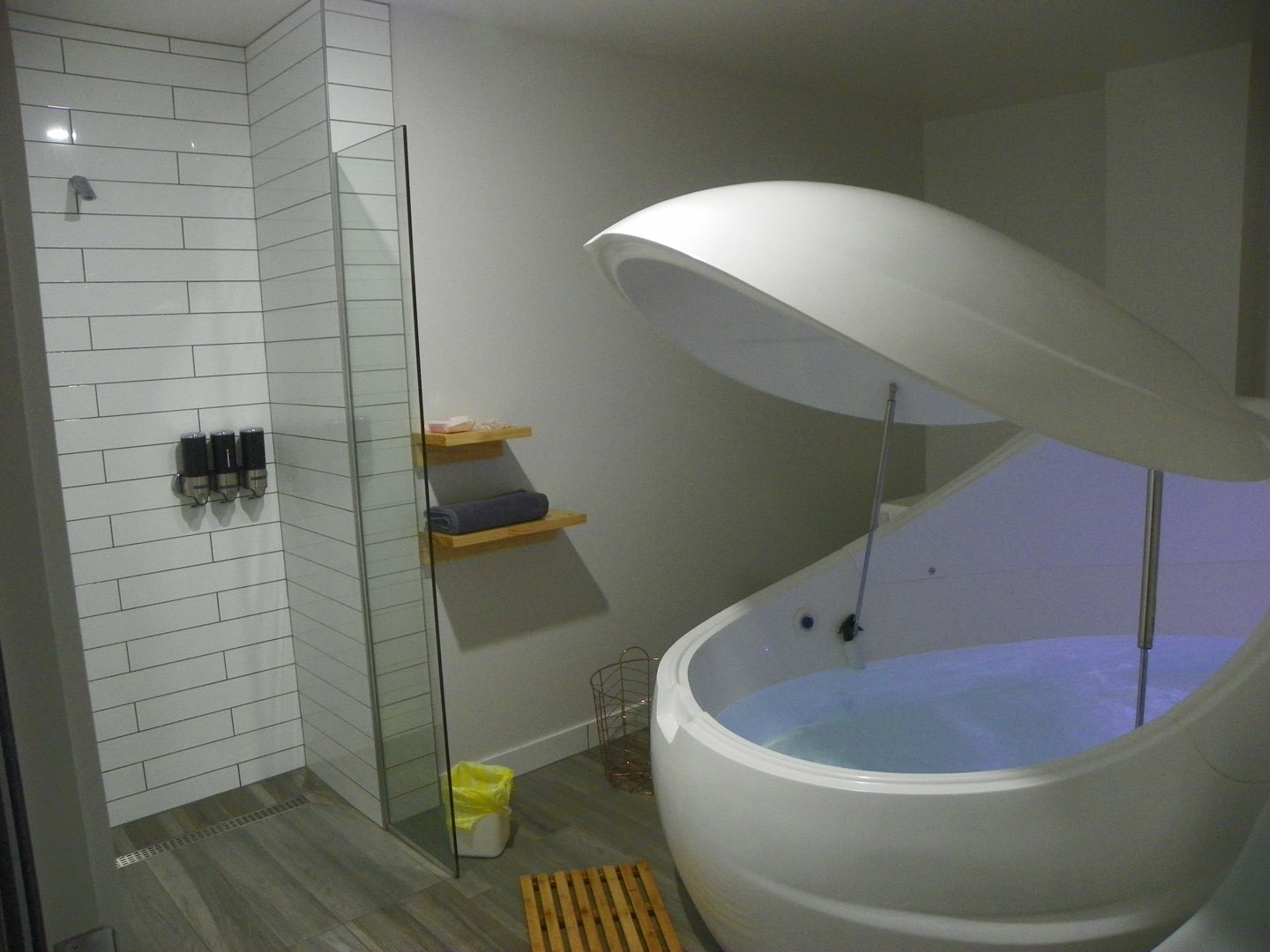In recent years, sensory deprivation tanks have surged in popularity as a unique form of relaxation and introspection. Many enthusiasts tout the profound benefits that accompany floating in a pool of warm, buoyant water. But before plunging into this serene experience, it’s important to understand the financial aspect. How much can you expect to pay for a sensory deprivation tank session? Prices can vary significantly based on several factors.
Understanding Sensory Deprivation Tanks
Known also as isolation tanks or float tanks, sensory deprivation tanks offer a distinctive environment designed to minimize external sensory input. Typically filled with saline water heated to skin temperature, these tanks allow users to float effortlessly, creating a feeling of weightlessness. This environment is intended to facilitate deep relaxation, meditative states, and sometimes even enhanced creativity.
Price Range for Sessions
The cost of a sensory deprivation tank session can vary substantially, generally ranging from $40 to $100 per hour. This price fluctuation can depend on several factors, including location, the facility’s amenities, and session length.
Geographical Influences
Geography plays a pivotal role in determining the cost. Urban centers with a high demand for wellness services—such as New York City or Los Angeles—often cite higher prices due to increased operating costs and competitive market dynamics. Conversely, smaller towns or rural areas may offer more affordable sessions, typically on the lower end of the price spectrum. It’s wise to investigate multiple facilities in your vicinity to find the best balance between cost and quality.
Facility Amenities and Experience
The overall experience can also impact pricing. Some centers may provide additional features that enhance your visit, such as soothing ambiance, private changing areas, or relaxation lounges. Premium establishments may offer amenities like aromatherapy, guided meditation sessions, or snacks post-float, which could lead to higher prices. If you’re seeking a straightforward float experience, seeking out more modest facilities may save you money.
Session Length and Pricing Structures
While one-hour floats are the most common offering, facilities may also provide longer sessions, often at a discounted hourly rate. Some centers incorporate package deals or memberships, allowing frequent users to enjoy lower overall costs per session. Packages can range from five to ten sessions bundled together, typically yielding substantial savings. As an example, a single session may cost $75, while a package of five could be priced around $300, effectively dropping the cost to $60 per session.
Introductory Offers and Discounts
Many flotation centers aim to attract new clientele through generous promotional pricing. Introductory offers may provide first-time users with sessions for a reduced rate, sometimes as low as $30. Students, military personnel, and seniors could often find additional discounts, making the experience more accessible to a broader audience. Taking advantage of these offers not only reduces costs but also allows newcomers the chance to discover the transformative potential of sensory deprivation.
The Health Insurance Angle
A burgeoning question arises: will insurance cover the cost? While some insurance companies may reimburse clients for therapeutic float sessions, this is less common. It’s advisable to consult with your insurance provider to determine eligibility or possible reimbursement for float therapy as a form of relaxation or stress management. Although reimbursement isn’t widely available, advocating for the therapeutic benefits of sensory deprivation could pave the way for broader acceptance in healthcare circles.
Potential Health Benefits
Balancing the financial investment with potential health benefits is crucial. Regular exposure to sensory deprivation has demonstrated a cornucopia of benefits, ranging from alleviating stress and anxiety to enhancing overall mental clarity and focus. Studies suggest that many users report heightened creativity and improved problem-solving capabilities following floating experiences. The idea of allocating a portion of your wellness budget toward this enriching endeavor may resonate deeply, especially considering the value of mental health in today’s fast-paced world.
Sharing Experiences and Community
Discussing the ethereal nature of float tank experiences has become increasingly commonplace, often fostering a sense of community among enthusiasts. A vibrant culture surrounding sensory deprivation exists, with many floaters eager to share their transformative experiences. These shared stories can entice newcomers while reinforcing the notion that the investment in a tank session can yield significant personal returns beyond mere relaxation.
Final Thoughts
In summary, the cost of a sensory deprivation tank session hinges upon various ecological, experiential, and structural factors. As you delve into this realm of introspection and tranquility, consider the potential benefits and make informed decisions regarding your investment. Whether you opt for a single session or embark upon a series of float experiences, the journey into sensory deprivation may well shift your perspective on relaxation, providing profound insights into the self and the world around you.
Ultimately, as the lines between wellness and leisure continue to blur, sensory deprivation may just represent a curious bridge towards deeper understanding, relaxation, and rejuvenation.

